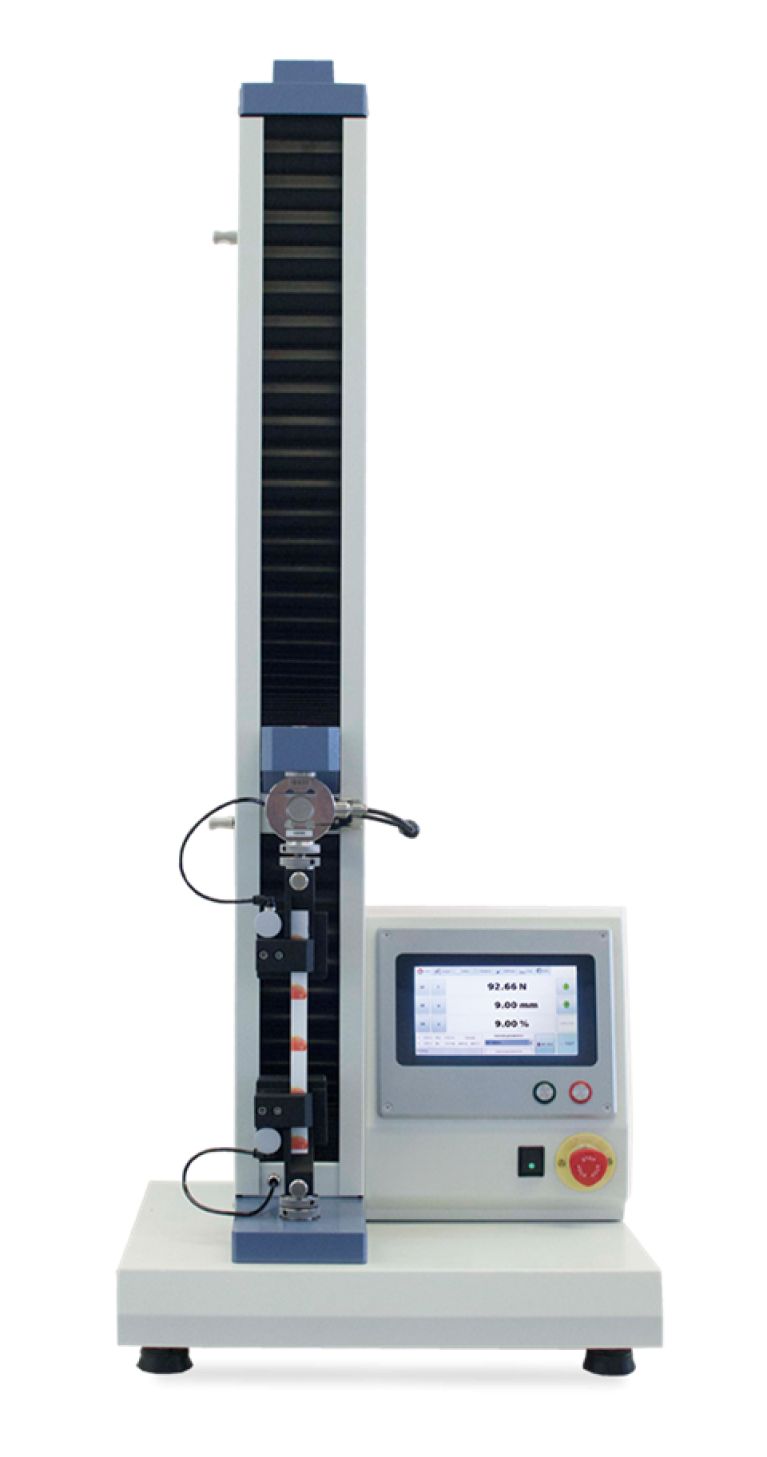Adhesion and peel testing
Peel strength testing plays a crucial role in assessing the adhesive properties of bonded materials. Essentially, it involves separating materials that have been bonded together and measuring the force required to do so. This process helps determine the strength of the bond.
Typically, this test involves peeling apart two flexible materials that have been bonded to each other or removing a flexible material bonded to a rigid substrate. By conducting the test at a constant speed, researchers can accurately gauge the force needed for separation. Different testing methods exist to suit the specific materials being evaluated.
This versatility makes peel strength testing invaluable across various industries, including tape manufacturing, adhesive development, and the production of flexible substrates like rubber, films, and medical packaging. It can also provide valuable information to evaluate the peel strength for sealed containers, trays, and pouches.

Correct sample preparation
It all starts with a good sample preparation. We offer a wide range of hand rollers to complement your PSTC, TLMI, ASTM and FINAT adhesive preparation for testing.
Peel & Adhesion Test possibilities
The strength is calculated during a test by pulling the sample at a constant rate of speed and averaging the force data collected over a defined distance or time and dividing this by the unit width of the sample. Results are commonly expressed as N/mm or lb/in.

Depending on the material and application, peel testing can simulate actual product use and be tested at various peeling angles.
- 180° Peel Test – the sample is pulled at a 180° angle from the substrate
- 90° Peel Test – an adhered sample is pulled at a 90° angle from the substrate
- T-Peel Test – common for flexible bonded material
- Floating Roller Peel Test – common for when a flexible material adheres to a rigid substrate